Optimizing Personnel Gowning Protocols in Sterile Production Clean Areas
The quality of drugs is directly linked to public health and safety. In sterile drug production processes, personnel represent the largest potential source of contamination. Therefore, effectively controlling the risk of personnel contamination is a critical challenge that pharmaceutical companies must address. The scientific design and strict implementation of personnel gowning procedures are key to controlling personnel contamination. This article focuses on the issue of personnel gowning procedure in A/B grade clean areas.
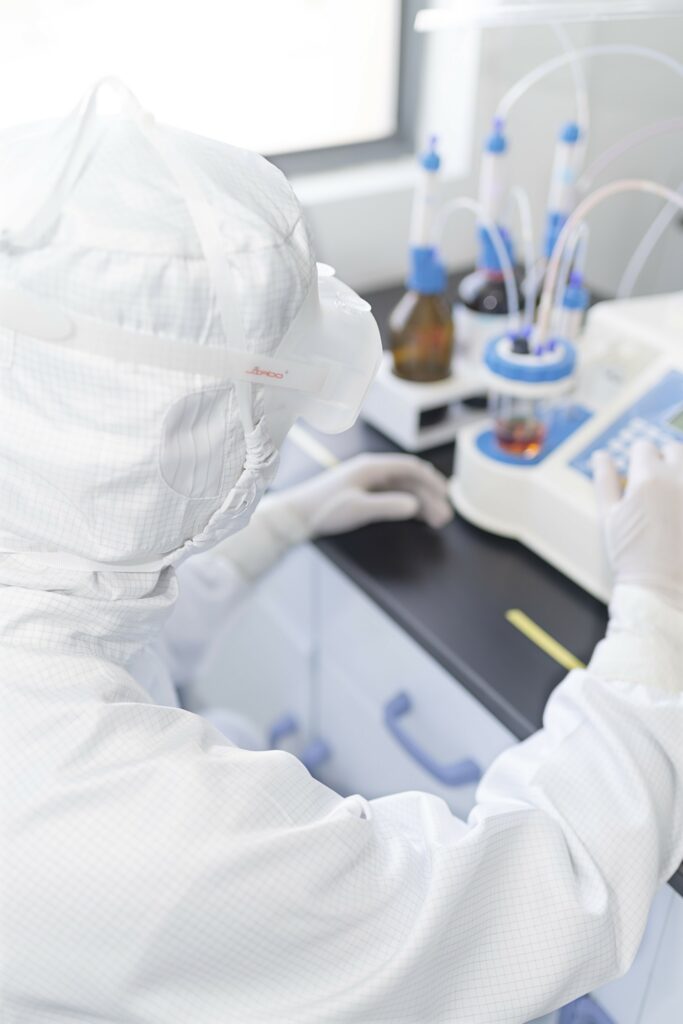
Visit our YouTube Channel to learn more : https://www.youtube.com/@gaibleSH/videos
Key Points in Designing Gowning Procedures in Clean Areas of Sterile Production
View Gaible’s Cleanroom Garments
1.Selection of Cleanroom Garment
Cleanroom garment plays a crucial role in isolating particles emitted by the human body, thereby affecting the environmental quality of the clean area. Choosing appropriate cleanroom garment is essential to prevent personnel from causing contamination.
Fabric Selection: The fabric of cleanroom garment is a critical factor in their selection. Common fabrics for cleanroom garment include polyester fiber, nylon, and anti-static fiber. Several factors should be considered when choosing the fabric such as cleanliness, barrier properties,breathability, anti-static properties, durability, comfort.
Fabrics selection should base on the requirements of the work environment and personal needs.
Size Consideration: The wearer should take accurate measurements based on height, chest circumference, waist circumference, and other sizes to select the most appropriate size.
Choosing a Supplier: When selecting a supplier, consider various aspects. Apart from suitable fabrics and sizes, evaluate the supplier’s comprehensive strength, including advanced production testing equipment, sound quality management system, ability for continuous innovation, excellent service and a good brand reputation.

2. Design Standards for Gowning Processes
Sterile pharmaceutical companies employ various design plans for personnel access channels in grade A/B clean areas, all adhering to fundamental principles:
(1)Adequate Passage Area:
The dressing passage must accommodate the maximum flow of people passing through simultaneously and should not be too narrow.
(2)Proper Changing Room Size:
The changing room’s size should match the number of people needing to dress simultaneously.
(3)Clothing Handling:
Personal outerwear is prohibited in the clean area’s changing room. A spacious, secure changing room with lockers must be provided at the entrance passage.
(4)Gowning and Dressing Requirement:
Employees must change into sterile garment each time they enter a Class A/B grade clean area, at least once per shift. Laundry, clothing space, and cleanroom clothing sterilization equipment in the sterile area should meet maximum production load requirements. Hangers should be installed in the exit passage for temporary storage of cleanroom garment in a hanging manner after personnel exit to prevent contamination.
(5)Glove Disinfection and Replacement:
Gloves should be disinfected frequently during operation, and masks and gloves should be replaced as needed.
(6)Hand Washing Facilities:
Hand washing facilities should generally be installed only in the first stage of dressing under normal circumstances.
(7)Air Lock Method:
The locker room should be designed according to the air lock method to separate different changing stages and minimize contamination of garment by microorganisms and particles.
(8)Ventilation:
Sufficient ventilation is necessary in the locker room. The static level of the back section of the locker room should match its corresponding clean area. The cleanliness level of the sterile coat changing room is typically required to reach grade B.
(9)Separate Dressing Rooms:
If necessary, separate dressing rooms can be set up for entering and leaving the clean area. Consideration should be given to the distribution channel of cleanroom garment and the method of collecting garment after use. Cleanroom clothing entering the grade A/B area should be single-use and not reusable.
(10)Mirrors and Signage:
Necessary mirrors and clear signs should ensure personnel can dress correctly.
(11)Door Interlocking:
The two doors of the locker room should interlock to prevent one door from opening when the other is not completely closed. This interlock should be automatically disabled in the event of a fire alarm.
(12)Product Transport Prohibition:
Locker rooms cannot be used to transport products, materials, or equipment between areas.
3. Personnel Training and Assessment
Entering a sterile pharmaceutical clean area requires adherence to meticulous grade A/B dressing procedures, making personnel gowning training crucial for successful procedure verification. Pharmaceutical companies can use various methods, such as live demonstrations, drills, and instructional videos, to train personnel for the dressing process in the production of clean area.
4. Key Points for Verifying Gowning Procedure
As people are the primary source of pollution, strict supervision of employees’ dressing procedures is essential to minimize contamination risks and maintain the cleanliness of the clean area. Employees should adhere to strict dressing procedures when entering and exiting clean areas.
4.1 Personnel Training
– Cleanroom code of conduct
– Basic microbiology knowledge
– Detailed dressing procedures
– Basic hygiene concepts (cleaning, disinfection, sterilization, etc.)
– Aseptic processes (e.g., aseptic filling, pipe connection, and disassembly)
– Understanding of alert limits and action limits
4.2 Confirmation Procedure:
– Trainees must undergo training in aseptic operations, such as SOPs for wearing sterile clothing, sampling methods, contamination control, and aseptic techniques.
– Before entering the clean area, trainees must practice changing clothes.
– Managers must explain monitoring procedures for changing surfaces to each trainee.
– Surface monitoring should be conducted for three dressing procedures.
– Sampling for surface monitoring should use the direct contact method or cotton swab method, with rationality of sampling points explained.
4.3 Frequency
(1) First-time trainees must pass three dressing tests and meet the standards before entering the sterile production clean area.
(2) Personnel who have passed the dressing test must repeat it annually. Personnel who have not yet entered the clean area of sterile production must repeat the test regularly based on risk assessment results.
(3) If qualified personnel show a tendency to violate dressing procedures, the dressing test needs to be repeated 1-3 times.
(4) For small numbers of personnel due to automated operations, annual assessment and re-evaluation usually suffice. However, if adverse conditions occur in other forms of aseptic operations, the number of inspections and confirmations should be increased.
4.4 Eligibility Criteria for Dressing
(1) Trainees demonstrate mastery of dressing procedures, contamination control, and aseptic techniques.
(2) Data and video evidence show that the trainee’s procedures for the three dressing tests were correct.
(3) Microbial detection results from the three tests are within the qualification standards.
4.5 Gowning Procedure Verification Process
After relevant staff have undergone training and passed the assessment, they can implement the changing procedures under the supervision of senior supervisors. Environmental monitoring personnel will take samples and conduct tests during the changing process. To standardize visual monitoring, a visual inspection rating scale should be developed. Each behavior should be scored separately on the rating scale, with eligibility criteria predetermined.
To complete the initial personnel change verification work, at least three successful dressing procedures must be performed continuously. For each dressing activity, microorganisms need to be sampled, cultured, and tested on the required body parts.
Sampling areas should include the head, mask, shoulders, chest/abdomen, forearms, gloves, and waist. Consider adding other parts that may impact aseptic operation.
4.6 Staff Privacy
To protect employee privacy, only those entering key sterile areas, such as production areas, are inspected. It is recommended that companies and employees sign an agreement in advance to ensure employee privacy protection and strict implementation of personnel changing procedures. During the verification process, it is recommended that two people be responsible for the tester to ensure the monitoring program is executed and to avoid infringement of personal privacy.
4.7 Extension of Dressing Procedure Verification Work
Employees who pass the initial three consecutive successful dressing process verifications can be authorized to work in Class B areas. Since Class B areas do not involve culture medium simulated filling operations, personnel confirmed by aseptic dressing procedures but not participating in the culture medium simulated filling test can work in this area. However, when an employee wants to intervene in the aseptic filling line operation in the grade A area, they must undergo personnel confirmation procedures related to the grade A area. Currently, the internationally recognized evaluation method in the pharmaceutical industry is the culture medium simulated filling operation.
Success in the culture medium simulated filling operation means:
No deviations related to environmental control occur in Grade A areas.
No test deviations related to cleanroom changing occur.
Aseptic operation behavior is visually monitored and evaluated successfully to meet requirements.
4.8 Re-validation of Gowning Procedure Verification
According to relevant requirements, personnel verification should be conducted at least once a year. Personnel entering the A/B grade clean area for maintenance and verification, but not performing production operations, may be exempt from gowning procedure confirmation. This exemption should be established in written procedures and based on a monitoring method where a certified person accompanies and monitors the unverified person dressing and gowning. This situation also applies when external official inspectors enter the sterile production area.
Regarding daily personnel monitoring, attention should be paid to the following issues:
Identifying suspicious trends of deterioration in daily personnel monitoring data.
Employees who have not entered the A/B grade clean area for an extended period before re-entering.
For these situations, re-confirmation includes not only verification of changing clothes but also re-training and assessment. If an employee fails the initial verification or fails during the re-verification process, appropriate steps should be taken.

The verification of personnel gowning procedures is a systematic project requiring cooperation across multiple areas. Every aspect of the verification process, including procedure design, personnel training, dressing hardware design, verification procedures, and daily monitoring, must be carefully and thoughtfully designed to ensure the quality and safety of sterile and smooth production progress.
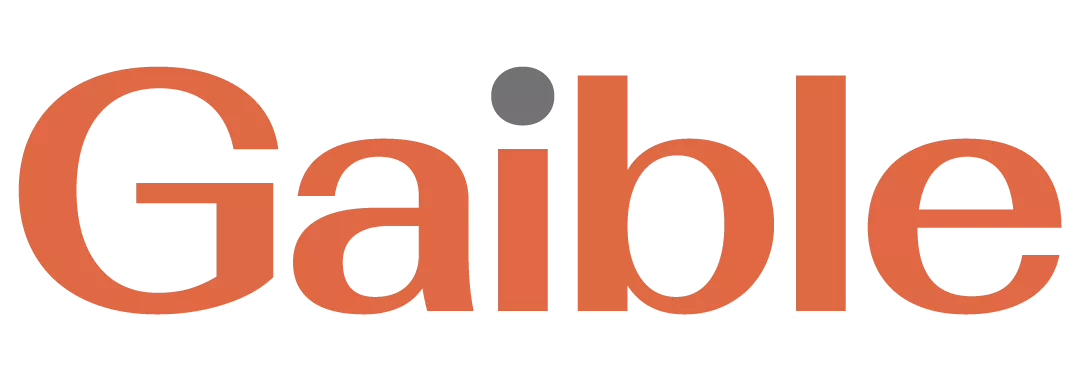

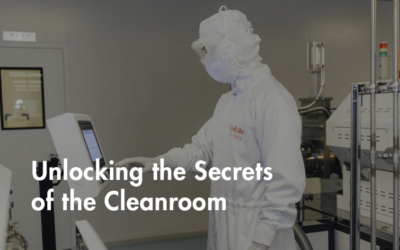
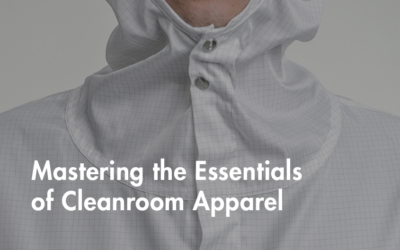
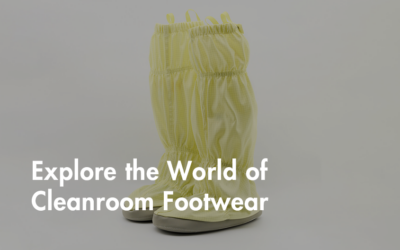

0 Comments